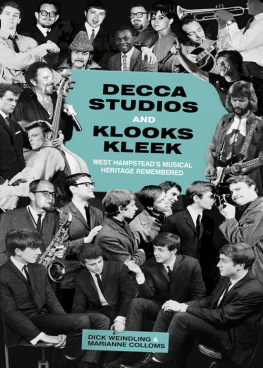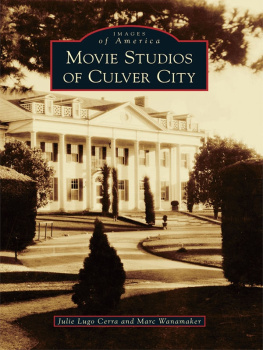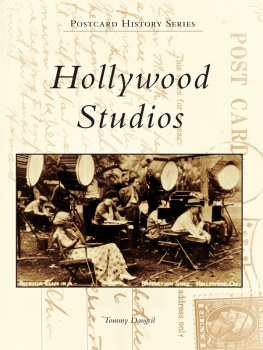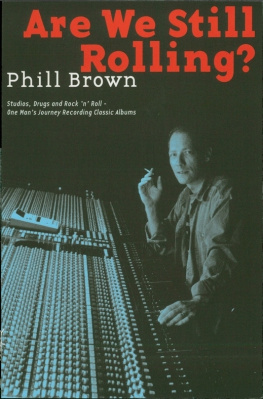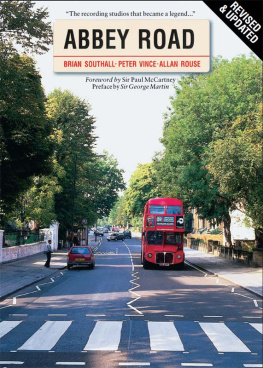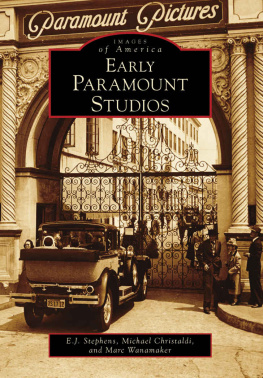
Cover image credits:
Graham Bond Organisation (Courtesy of Jon Hiseman); Dick Jordan, Harrison Marks and Jackie Salt (Courtesy of Dick Jordan); Django Reinhardt (Courtesy of American Memory at the Library of Congress, William Gottlieb, 1946, LC-GLB23-0730 DLC); Mike Martin Band (Courtesy of Dick Jordan); Mick Jagger (Courtesy of Gonzalo Andrs); Eric Clapton (Courtesy of Matt Gibbons); Zoot and Big Roll Band (Courtesy of Zoot Money); The Beatles with Pete Best (Courtesy of Joe Flannery, from his book Standing in the Wings: The Beatles, Brian Epstein and Me ); Dick Heckstall-Smith (Courtesy of Dick Jordan); Tom Jones (Courtesy of Georgio); Geoff Williams (Courtesy of Dick Jordan); David Bowie (Courtesy of Jorge Barrios)
CONTENTS
We would like to thank Dick Jordan and Geoff Williams without whom we could not have written the chapter about Klooks Kleek. Thanks also to Jon Hiseman and Colin Richardson for helping us to contact Dick Jordan.
Other people who have contributed with their memories of Decca and Klooks are:
Denise Barrett | Ric Lee | Neil Slavin |
Pat Boland | Patrick Linnane | Paul Soper |
Gordon Chamley | Henry Lowther | George Underwood |
Roger Dean | Leo Lyons | Derek Varnals |
Laurie Fincham | Zoot Money | Mike Vernon |
Keef Hartley | Andrew Loog | Chris Welch |
Pauline Hurley | Oldham | Mel West |
Dave Humphries | Roger Pettet | Adrian Wyatt |
Val Simmonds |
Every effort has been made to contact the owners of the images reproduced in this book and where known, their name is shown. Illustrations are copyrighted to authors unless otherwise stated.
This is a history of Decca Studios in Broadhurst Gardens West Hampstead, in a building which began life as West Hampstead Town Hall. It is also the story of Klooks Kleek, a jazz and blues club, situated in the Railway Hotel, the pub next door to Decca.
The first chapter looks at the Crystalate Record Company which Decca bought in 1937. They moved into Crystalates studio in Broadhurst Gardens which then became Deccas main recording facility until 1981. Currently the whole building is being used by the English National Opera and their archivist, Clare Colvin, said they acquired it on 27 November 1981.
The second chapter looks at the development of the Railway Hotel and West Hampstead Town Hall, which was built for private functions not as a municipal Town Hall.
The third chapter provides the history of Klooks Kleek, which was a major venue for jazz and the evolving British blues scene. During the ten years from 1961 to 1970, when the club ran, some of the most famous names in jazz and blues played there.
DECCA
STUDIOS
The Decca Studios building was previously West Hampstead Town Hall, bought by the Crystalate Record Company in 1928. This became Decca Studios in 1937. In its final form, the building housed three studios. Studio One was straight ahead as you entered the building with an upstairs control room, Studio Two was downstairs, and the very large Studio Three, built in the 1960s, was down a long corridor towards the back of the building.

Crystalate
In August 1901 the Crystalate Company was founded at Golden Green (note, not Golders Green), Haddow, near Tunbridge in Kent, by a partnership of a London and an American firm. The British company had begun by introducing colours into minerals and making imitation ivory. The American company produced billiard balls and poker chips, before moving on to making gramophone records from shellac. In July 1901 the American director, George Henry Burt (1863?), applied for a trademark on the word Crystalate to cover all their plastic products. The secret formula to make Crystalate substances was kept in a sealed iron box which required two keys to open it: Burt had one and Percy Warnford-Davis (18561919), the English director, had the other. It is said that they made the first records to be pressed in England in 1901/2; but there is no direct evidence of this apart from the 1922 recollections of Charles Davis, the works manager.
The company made records for a large number of the very early labels, such as Zonophone and Berliner. After Burt left Crystalate in 1907 the company was run by the Warnford-Davis family with Darryll Warnford-Davis becoming chairman after the death of his father Percy in 1919. New contracts followed, for example with Imperial Records. Initially imported from America, Crystalate took over their manufacture from 1923 to 1934. Between these dates they produced over 2,100 different titles. In 1926 the company moved their office and recording studio from No. 63 Farrington Road to No. 69, Imperial House. In 1929 they moved again to Nos 60-62 City Road, which they called Crystalate House. A very productive period followed, during which time Crystalate produced large numbers of records for labels including Eclipse and Crown for Woolworths. They also made Victory records from 1928, which were sold in Woolworths for 6 d (for more information see The History of the Crystalate Company by Frank Andrews, Hillandale News , Vols 134, 135, 136, 1983 and 1984).
The British Path website has a short film, Making a Record 1918-1924 , which shows how a recording was made and a record pressed.
Rex records were begun in 1933 and made by Crystalate. At first they cost a shilling which represented very good value for enormously popular artists of the day such as Gracie Fields, Larry Adler, Billy Cotton and Sandy Powell. Also on the label were the American stars Bing Crosby, the Mills Brothers, the Boswell Sisters, and Cab Calloway. Between 1933 and their demise in 1948, over 2,200 Rex titles were produced ( Beltona by Bill Dean-Myatt, 2007).
Crystalate took over West Hampstead Town Hall in 1928 and moved their recording studio there. That year the Crystalate Manufacturing Company appeared at No. 165 Broadhurst Gardens for the first time in the phone book. A prospectus was published in The Times on 2 February 1928, which announced that, West Hampstead Town Hall has recently been purchased and equipped as a modern recording studio.
Arthur Haddy (1906-1989) was a brilliant young engineer working with the Western Electric Company. On an audio recording at the British Library, made by him in 1983, he tells how he was engaged to Lilian, the daughter of the popular comic singer Harry Fay (real name Henry Fahey). Born in Liverpool in 1878, Fay started out performing in the music halls and then had a very successful recording career. The Zonophone catalogue for 1913/14 lists over fifty of his records, including the well-known songs Has Anybody Here Seen Kelly?, Boiled Beef and Carrots, I Do Like to be Beside the Seaside, and Lets All Go Down the Strand. During the First World War, Harry had a huge hit with Its a Long Way to Tipperary.
In 1929, Arthur Haddy accompanied Harry Fay to a recording session at the Crystalate studio in Broadhurst Gardens. Electric recording had just begun and Haddy wasnt impressed with what he saw there, calling it a load of junk. He jokingly said, I think I could make a better lot of it on the kitchen table. Less than six months later Harry Fay phoned him and said the managing director of Crystalate wanted to see him. Haddy met Darryll Warnford-Davis, who asked him if hed meant what he said about making better equipment. Haddy explained hed been joking but was willing to try. In the next few months he made an amplifier and a record-cutting head and took them to the studio for a trial. The Crystalate engineers were very impressed with Haddys equipment, which produced better results than anything being imported from America. Warnford-Davis wanted Haddy to join Crystalate and offered him double his present salary, which at first he refused, preferring to stay at the prestigious Western Electric Company. But then, as Haddy laughingly says, My future wife said no bigger salary, no engagement! So he moved to Crystalate and brought his new equipment to the Broadhurst Gardens studio. The increase in salary clearly worked and Arthur and Lilian Fahey were married in 1930.
Next page
